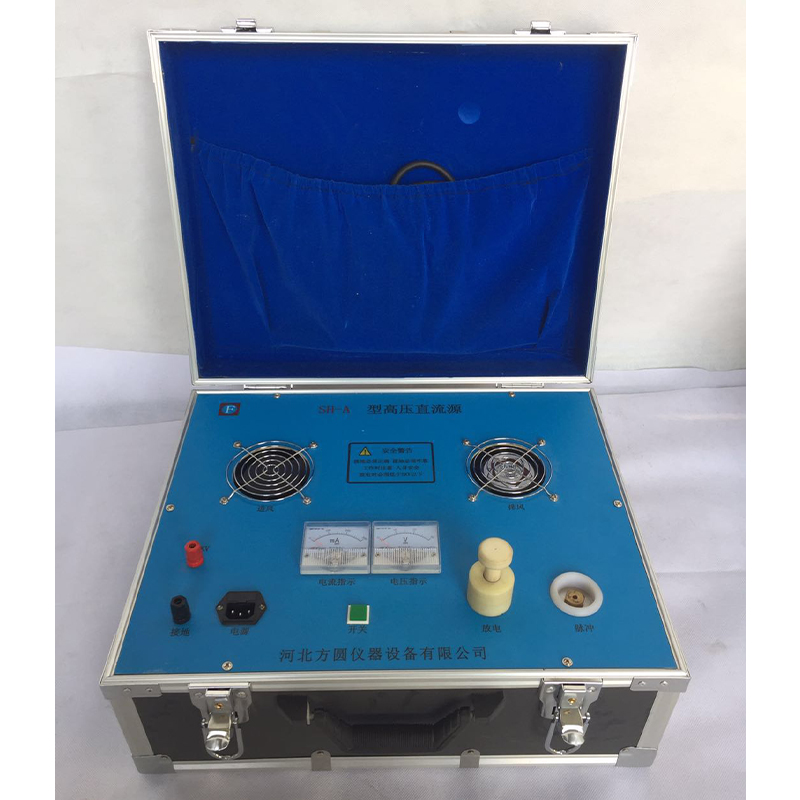Understanding the Impacts of Projector Measurement on Visual Presentation Quality and Accuracy
The Significance of Projector Measurement in Modern Technology
In the realm of visual technology, projectors have become indispensable tools across various industries, including education, business, and entertainment. As the demand for high-quality visual displays continues to rise, understanding and implementing effective projector measurement techniques has become crucial. This article delves into the concept of projector measurement, its applications, and its impact on the overall quality of projection.
Understanding Projector Measurements
Projector measurement refers to the various metrics and parameters that define a projector's performance and quality. These measurements encompass several key factors, including brightness (measured in lumens), resolution (the number of pixels), contrast ratio (the difference in light intensity between the darkest black and the brightest white), color accuracy, and throw distance (the distance between the projector and the screen). Each of these elements plays a significant role in determining how well a projector can deliver visual content.
Importance of Brightness
One of the most critical measurements is brightness. Projectors with higher lumens are capable of producing clearer images in well-lit environments, making them ideal for classrooms, conference rooms, and other settings where ambient light cannot be controlled. A common guideline is that a projector requires approximately 3000 lumens for effective viewing in a moderately lit room. Understanding and selecting the right brightness level is essential in ensuring that viewers receive a vivid and engaging visual experience.
The Role of Resolution
projector measurement

Resolution is another vital aspect of projector measurement. It indicates the level of detail that a projector can display and is typically represented in various formats such as 720p, 1080p, and 4K. Higher resolution projectors provide sharper and more detailed images, which is particularly important for applications like home theaters or professional video presentations. As the multimedia landscape evolves, the demand for high-resolution projectors has surged, driving innovation and competition among manufacturers.
Contrast Ratio and Color Accuracy
Contrast ratio and color accuracy are essential for producing vibrant and lifelike images. A higher contrast ratio allows for deeper blacks and more brilliant whites, enhancing the viewer's overall experience. Similarly, accurate color reproduction is necessary for applications that require precise visuals, such as graphic design and medical imaging. Projector measurement techniques ensure that these qualities meet desired standards, promoting a more immersive viewing experience.
Throw Distance Considerations
Throw distance affects how images are scaled based on the distance from the projector to the screen. Short-throw projectors can produce large images from short distances, making them ideal for smaller spaces, while long-throw projectors are suited for larger venues. Knowing the right throw distance allows users to maximize their projector’s potential, ensuring that they select the right model for their specific setting.
Conclusion
Projector measurement is a fundamental aspect of selecting and utilizing projection technology effectively. By understanding the significance of various metrics, users can make informed decisions that cater to their specific needs, whether in an educational environment, a business setting, or personal leisure. As technology continues to advance, the importance of precise projector measurement will only grow, ensuring that visual content remains engaging, accurate, and accessible to all. Investing time in understanding these measurements not only enhances the user experience but also optimizes the overall utility of projectors in an increasingly visual world.
-
Why the Conductor Resistance Constant Temperature Measurement Machine Redefines Precision
NewsJun.20,2025
-
Reliable Testing Starts Here: Why the High Insulation Resistance Measuring Instrument Is a Must-Have
NewsJun.20,2025
-
Flexible Cable Flexing Test Equipment: The Precision Standard for Cable Durability and Performance Testing
NewsJun.20,2025
-
Digital Measurement Projector: Precision Visualization for Modern Manufacturing
NewsJun.20,2025
-
Computer Control Electronic Tensile Tester: Precision and Power for the Modern Metal Industry
NewsJun.20,2025
-
Cable Spark Tester: Your Ultimate Insulation Assurance for Wire and Cable Testing
NewsJun.20,2025
 Copyright © 2025 Hebei Fangyuan Instrument & Equipment Co.,Ltd. All Rights Reserved. Sitemap | Privacy Policy
Copyright © 2025 Hebei Fangyuan Instrument & Equipment Co.,Ltd. All Rights Reserved. Sitemap | Privacy Policy
